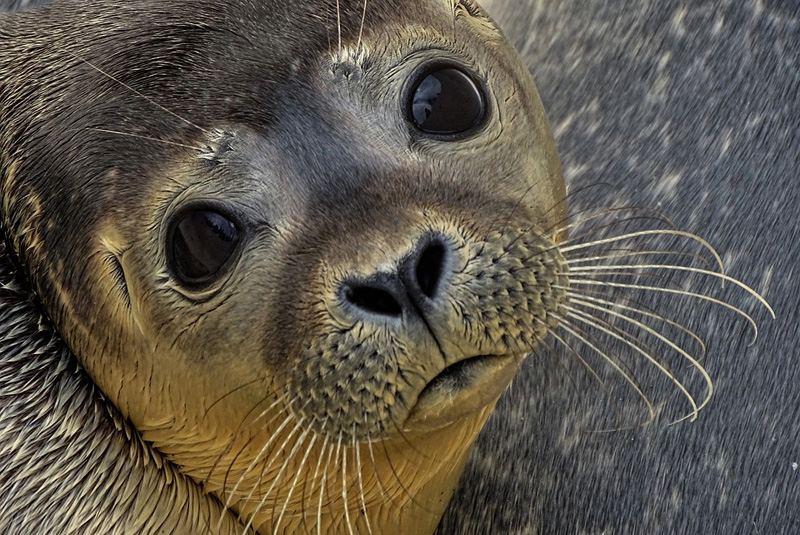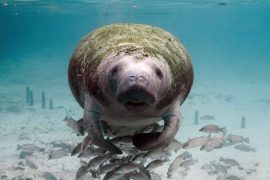Seals, dolphins and otters share the same physiological constraints as humans do when we return to our evolutionary home – the sea. The most instantly identifiable of these is the inability to breathe when we put our heads under water.
The difference between where an animal spends most of its time and where it can breathe has had an amazing impact on the physiological capacities of diving mammals – some of the most exceptional athletes on Earth.
For instance, the colossal elephant seal is capable of holding its breath for two hours and swimming 2km to find food, before covering that distance again for its next breath.
One important physiological tool that enables this lifestyle is greater total body oxygen stores. But oxygen stores alone don’t make a great diver.
What does make a great diver are the cardiovascular responses to diving – regulating the use of oxygen to give prolonged supply to vulnerable parts of the body, such as the brain. The most classic feature of the dive response is a reduction in heart rate, known as bradycardia.
-30-
Copyright©Madras Courier, All Rights Reserved. You may share using our article tools. Please don't cut articles from madrascourier.com and redistribute by email, post to the web, mobile phone or social media.Please send in your feed back and comments to [email protected]











